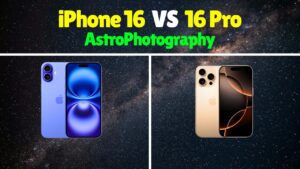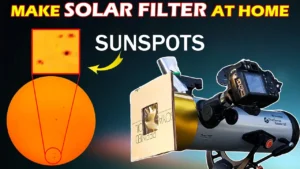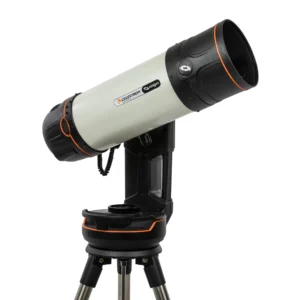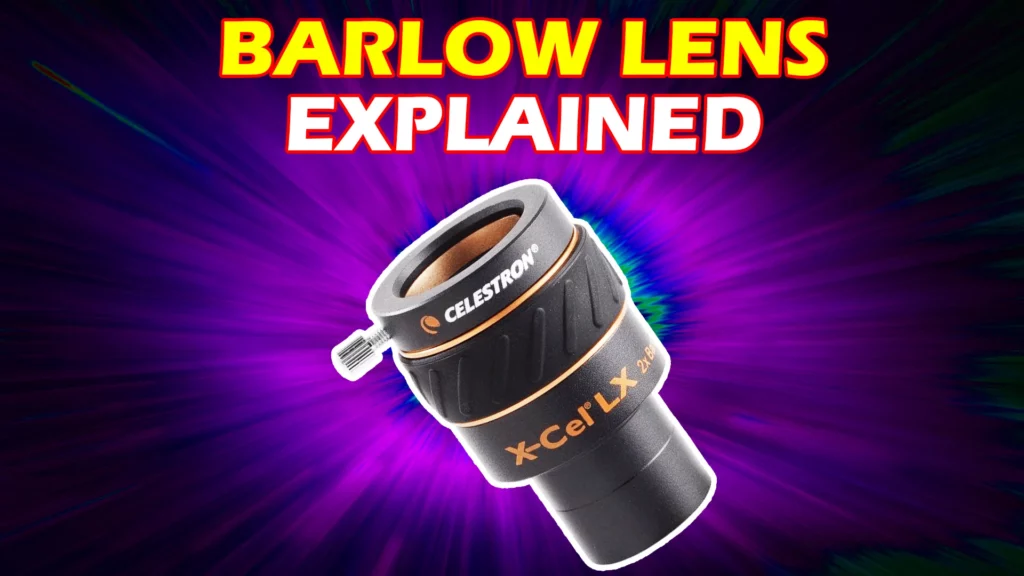
If you are looking to increase the magnification of your telescope, you have probably heard about the Barlow lens. In this article, we will learn everything about a Barlow and we will also see how to choose the right one according to your needs. But before we go further you need to know some basic concepts of eyepieces. So make sure first you read the “Basics of Telescope Eyepiece, Explained” article.
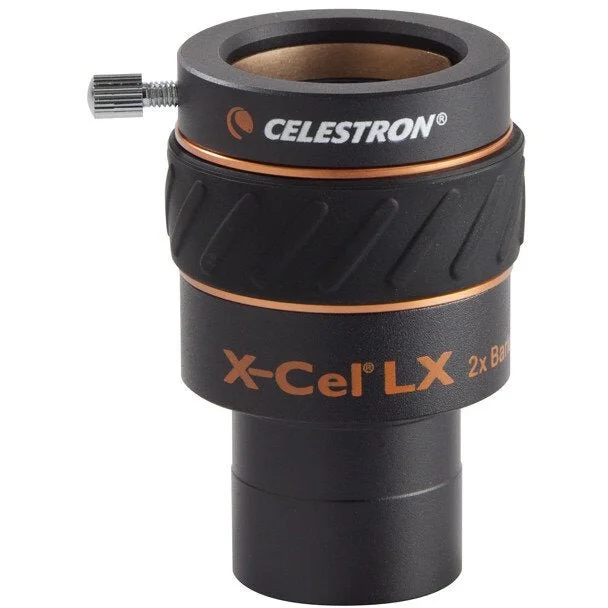
What is a Barlow Lens?
It is the optical instrument used between your telescope and the eyepiece. And is one of the most flexible instruments for a telescope. It was invented by Peter Barlow. The most important function of a Barlow is to increase the magnification, usually 2 to 3-times of any eyepiece. Barlow lenses achieve this magnification by increasing the focal length of a telescope. In photography, the teleconverter does the same job as the Barlow.
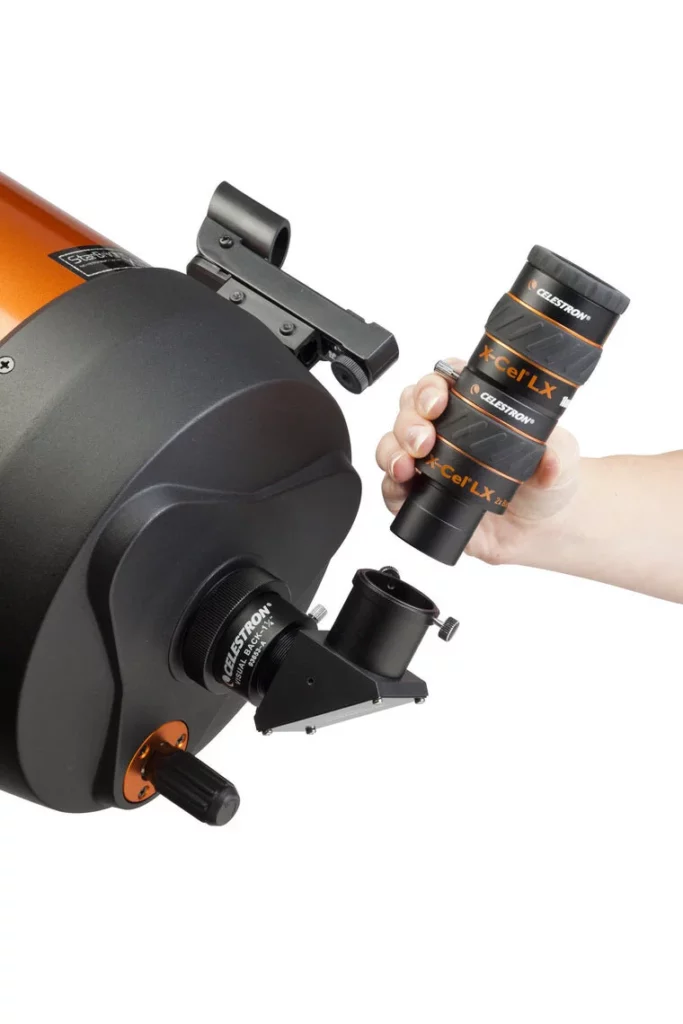
How does a Barlow Lens work?
The magnification formula for a telescope is the focal length of a telescope divided by the focal length of an eyepiece. From this formula, you can get a higher magnification in two ways.
(M) = \frac{Focal \: length \:of \:a\:telescope\:(L) }{Focal\:length\:of \:the\:eyepiece\:(l)}The first method is by increasing the focal length of a telescope. The second method is by decreasing the focal length of an eyepiece. So when you insert a Barlow in between a telescope and an eyepiece, it increases the focal length of the telescope. Ultimately giving you a higher magnification. In other words, you can also say that it decreases the focal length of an eyepiece to achieve the desired magnification.
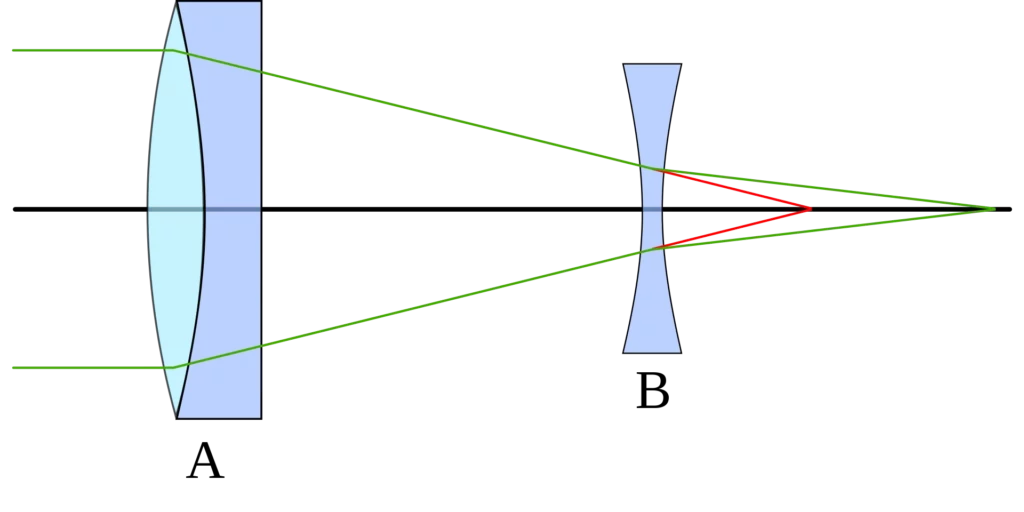
Let’s see an example.
Here is a telescope without a Barlow. When light passes through the telescope, you can see the focal point is at the focal plane of an eyepiece.
Now, when you add a Barlow lens the focal point is at the end of the Barlow or you can say that at the eyepiece again. But this time the focal length is stretched by the Barlow. This gives you a higher magnification for the eyepiece you use.
What are the advantages of a Barlow Lens?
1. It increases the magnification of your telescope.
2. It saves money. Instead of buying different eyepieces for magnification, you can achieve similar magnification with the eyepieces you already have with the use of a Barlow.
3. When you use higher magnification eyepieces, they will usually have lower eye relief. But with the Barlow, you can convert the low magnification eyepiece into a high magnification eyepiece and keep the eye relief the same as before. We explained this with an example later in the article.
4. If you travel a lot to different stargazing locations, then carrying more stuff is not ideal. By using a Barlow each of your eyepieces now has two magnifications and ultimately it saves space in your telescope kit.
What are the disadvantages of a Barlow Lens?
1. It will give a slightly dimmer image. But if you buy a really good quality Barlow lens, then this effect will be very minimal and you won’t even notice it.
2. As these are lenses, so you may see some optical aberrations. But this can be also avoided if you use a high-quality Barlow.
Which Barlow lens should you buy?
The Barlow lens comes for different desired magnifications. It varies from 1.5X, 2X, 3X to 5X magnification. Usually, the most suitable and the most efficient are the 2X magnification of a Barlow lens. But if you already have a telescope then first check which eyepieces you have. If you are thinking of buying a telescope then see in the specifications which eyepieces come with that telescope.
Example 1
Let’s say, you are buying a NexStar 102SLT telescope. This telescope has a focal length of 660mm. The highest useful magnification of this telescope is 241 times and the lowest useful magnification is 15 times. With this telescope you get two eyepieces: a 25mm & a 9mm. The magnification of this telescope with these eyepieces is 26 times and 73 times.
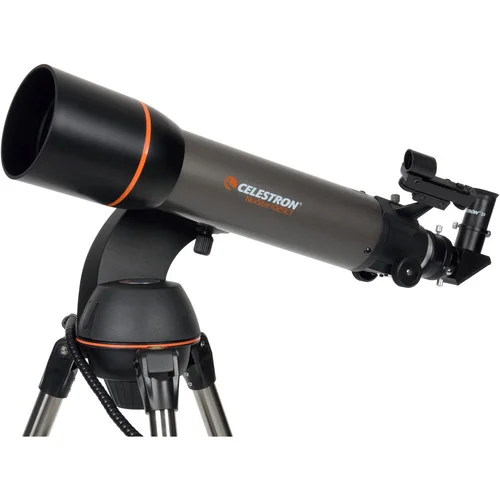
Now, if you buy a 2X Barlow lens. Then the two additional magnifications you get are 52X & 144X. If you use the 4X Barlow lens with this telescope, then you get two more magnifications 104X & 292X. The highest useful magnification of our telescope is 241X. So having a magnification greater than that will be of no use. So it is better to stay with the 2x Barlow lens.
Example 2
Another example is, let’s say you have a 10mm, 20mm & 40mm eyepiece. Now, if you use a 2X Barlow lens then this Barlow will make your eyepiece as 5mm, 10mm & 20mm. But you already have a 10mm & a 20mm eyepiece which gives you the same magnification. So the majority of the output of this Barlow lens is not useful in this case. So in this case you can go for any other Barlow other than 2X.
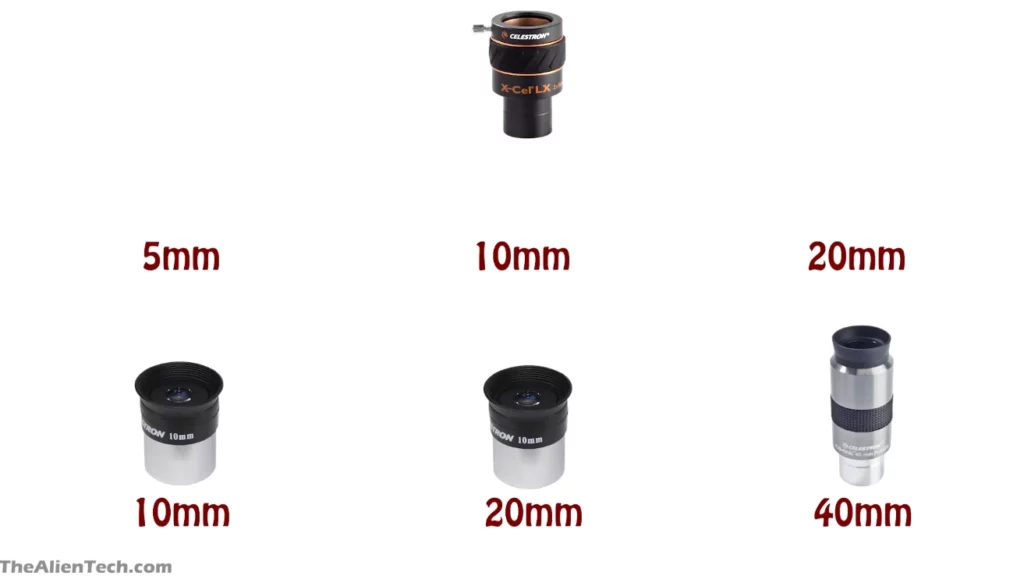
The exception to this case is if you have a really good high-quality eyepiece that has high eye relief. Then that Barlow lens will still give the same eye relief even after reducing the focal length of that eyepiece. For example, usually, a 5mm high magnification eyepiece will have a lower eye relief compared to a 10mm eyepiece.
But when you use a 2X Barlow with a 10mm eyepiece it will give you the same result as a 5mm eyepiece, with the eye relief of a 10mm eyepiece. If you use the 4x Barlow with the 20mm eyepiece you will get a similar result with much greater eye relief.
Best Barlow Lens for astrophotography
For doing Astrophotography of deep space objects, the focal length of your telescope needs to be smaller. We have explained this in detail while explaining the focal length of a telescope. A Barlow lens will increase the focal length of your telescope to increase its magnification. Which is definitely not suitable for DSO observation and DSO astrophotography. For DSO you need a wide field of view with a shorter focal length.

Another thing is with magnification you are not only magnifying the view of the celestial object but also magnifying the noise in the image. When capturing a deep space you are already looking at a very big area with a very limited ability of the aperture of your telescope. So when you use Barlow to magnify the image you will mostly see more noise and aberrations. Also, astrophotography needs long exposure to capture good images. You will also see the impact of Barlow in those long exposure. Overall Barlow lens should be avoided for astrophotography.
Best Barlow Lens for planetary imaging
When you are looking at planets or photographing planets, then your telescope should have a longer focal length and narrow field of view. If you have that then it is an ideal telescope for viewing planets. Narrow FOV and long focal length will give you magnification. If you want more magnification to see more details a Barlow lens is perfect for such viewing/imaging.
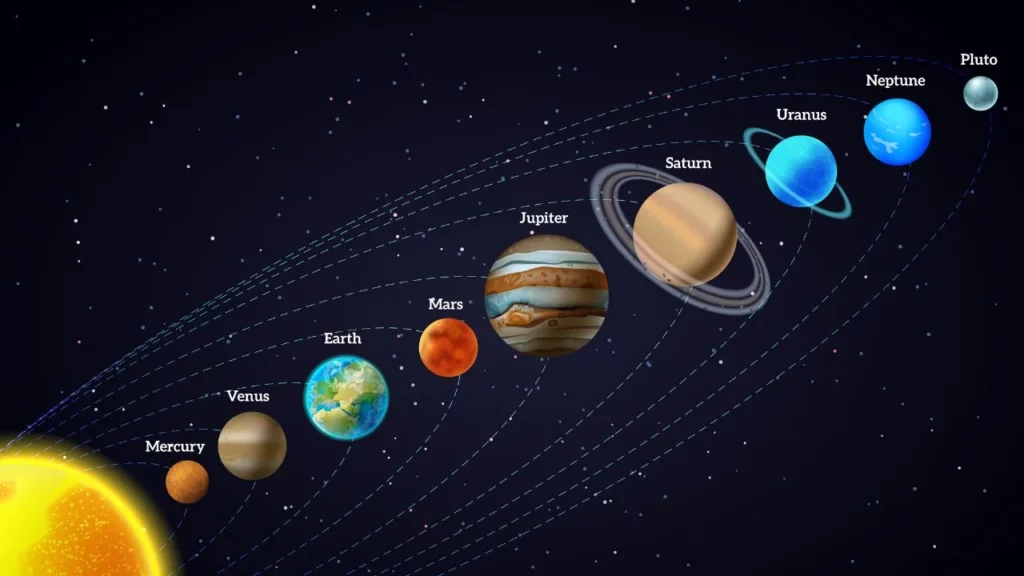
The planets are much brighter compared to the deep space objects. When you zoom in on these bright objects you can definitely see more details of these objects. A Barlow will definitely help to achieve that. Check this article for some good Barlow lenses you can buy to get good planetary images.
Is the Barlow worth it?
A Barlow lens is definitely worth it. As mentioned in the advantages of the Barlow lens, you can save money, and space in your telescope kit, and it also gives you better details of the object. But do not buy any random cheaper Barlow lens. When you buy a Barlow lens you don’t need to change it even if you upgrade your telescope. It will remain the same and can be used with your new telescope.

So instead of buying a cheap one, buy a good high-quality one. If you are on a tight budget then take your time and save some more money and then buy a good high-quality Barlow lens. This is a one-time investment that will give you excellent results with the many telescopes you will use.
So this is how these Barlow lenses work. We hope you learned everything about “The Barlow Lens”. If you want to know more about stargazing and astronomy then check out other articles on our site & also check out our YouTube channel.


